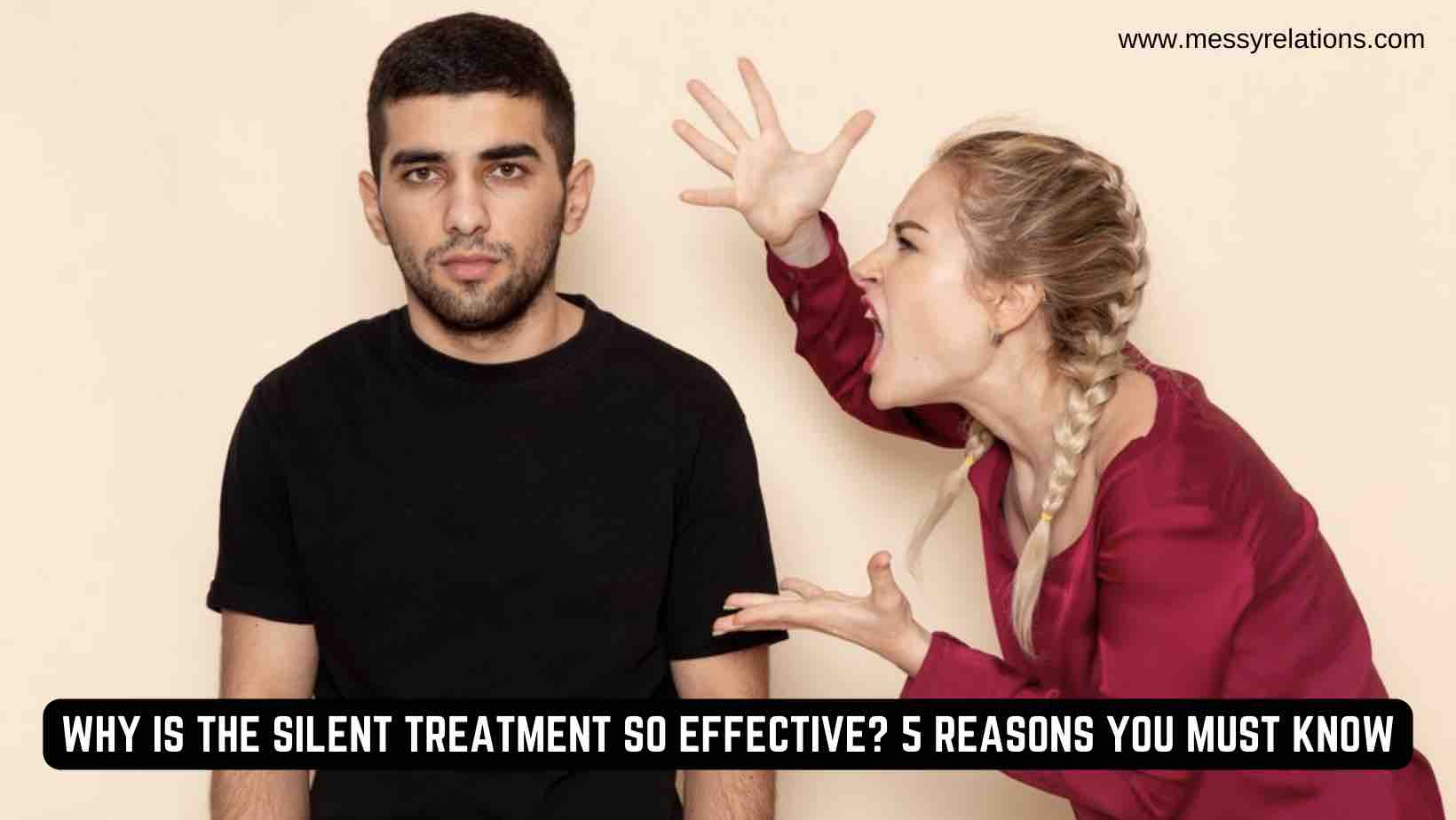In the labyrinth of interpersonal communication, the silent treatment is often akin to a sudden blackout. One minute the dialogue is flowing, the next it’s plunged into an eerie quiet. It’s a tactic as old as conversation itself, yet its effectiveness is undeniable, leaving many to ponder the psychology behind silent treatment. Let’s delve into this phenomenon with a blend of conversational tone and informational insight to unearth the reasons behind its potent influence.
1. It Targets Our Fundamental Need for Belonging
Humans are hardwired for connection. When someone gives us the silent treatment, it disrupts this basic need for belonging and acknowledgment. This psychological tactic can create a sense of exclusion that is profoundly unsettling, as social ostracism has been used historically as a form of punishment. When we’re on the receiving end of silence, it’s like an invisible barrier is erected, cutting us off from our social sphere and triggering a sense of alarm that prompts us to act to restore communication.
2. It Can Trigger a Cascade of Emotional Responses
Silence can be deafening, especially when it comes loaded with unspoken words. The absence of verbal feedback can lead to an internal turmoil of self-questioning and doubt. What did I do wrong? Why won’t they talk to me? These questions can spiral, activating stress responses and even impacting self-esteem. The psychology behind silent treatment relies heavily on this emotional disquiet; it essentially holds the silent party in a position of control, setting the emotional tone and pace of the interaction without uttering a single word.
3. It Forces Reflection and Self-Assessment
In some cases, the silent treatment can be an unintentional prompt for introspection. When faced with a wall of silence, individuals often turn inward, reflecting on their actions and behaviors that may have led to the current situation. This enforced solitude can sometimes be beneficial, allowing space for self-assessment and growth. However, when used manipulatively, this tactic can also be damaging, causing more confusion than clarity.
4. It Plays into the Dynamics of Power and Control
The silent treatment is a form of passive-aggressive behavior that can serve as a means to exert power over another person. By withholding communication, the person who is silent assumes control of the interaction, dictating terms without discussion, and often leaving the other person feeling powerless to change the situation. It can be a way to impose one’s will without resorting to open confrontation, making it a subtly coercive tool in personal power plays.
5. It Creates a Sense of Mystery and Uncertainty
Human curiosity is a powerful motivator. When someone goes silent, it creates an aura of mystery. What are they thinking? What will they do next? This uncertainty can be intriguing and can sometimes draw people in, making them more attentive or invested in the relationship. The psychology behind silent treatment plays on this curiosity, using it as a lever to influence behavior and maintain engagement, even in the absence of direct communication.
Understanding the psychology behind silent treatment can be quite revealing. It’s not just about being quiet; it’s about communicating through non-communication. It’s a complex interplay of social cues, emotions, and power dynamics. But while effective, the silent treatment can be a double-edged sword. On one hand, it can serve as a momentary tool for reflection or a non-verbal expression of displeasure. On the other, it can lead to lasting harm in relationships, eroding trust and communication if overused or implemented with harmful intent.
In an era where communication is more diverse and constant than ever, the effectiveness of silence has not diminished. Perhaps it has grown even stronger. Our always-on culture has made the abrupt absence of dialogue more pronounced, turning silence into a loud statement. Whether it’s in personal relationships, professional settings, or even on the global political stage, the silent treatment is a communication tactic that carries weight, for better or worse.
For the receiver, the key to navigating the silent treatment lies in response, not reaction. It’s important to recognize when silence is being used as a tool for manipulation and when it’s a genuine need for space. In turn, those who wield silence as a strategy should be mindful of its impact and potential to cause pain or misunderstanding.
The psychology behind silent treatment is deeply rooted in our social behaviors and emotional responses. Understanding it can empower us to respond appropriately and compassionately, whether we are the ones maintaining silence or on the receiving end of it. Communication, in all its forms, is an art, and silence, it seems, can sometimes speak volumes.




